greenx
TPF Noob!
- Joined
- Dec 21, 2012
- Messages
- 34
- Reaction score
- 2
- Location
- Texas, USA
- Can others edit my Photos
- Photos OK to edit
I am under the presumption that ISO was always a camer's sensitivity to light in its contribution to exposure but does that necessarily always correlate with taking great night time photos? Reason why I bring this up is that I always tend to hear that the Sony a77 is great in low light conditions but noisy at higher ISO levels....
Thanks!
Thanks!


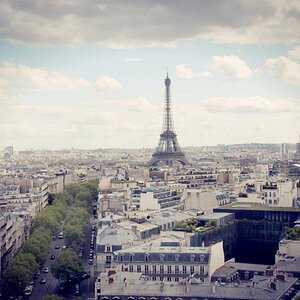
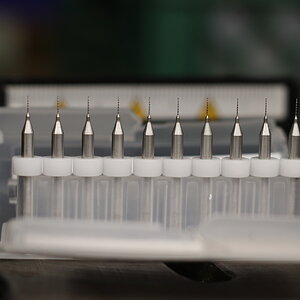
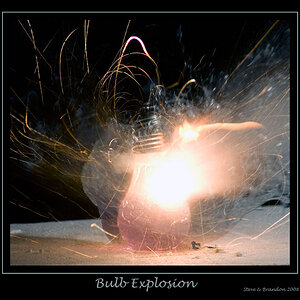
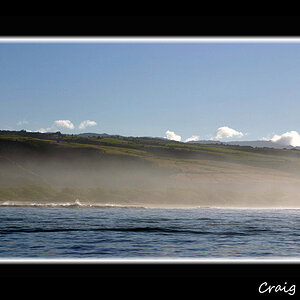

![[No title]](/data/xfmg/thumbnail/36/36300-760519cb9a8ebbfc57cc3d1fda5dd37c.jpg?1619737494)
![[No title]](/data/xfmg/thumbnail/41/41862-7cc80b10f9effd079847b9dd210dbe2a.jpg?1619739925)
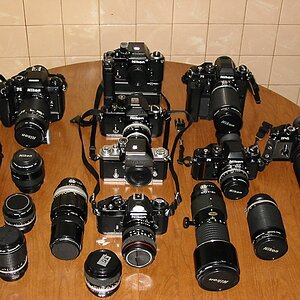
![[No title]](/data/xfmg/thumbnail/41/41756-e54235f9fba04c8380cd991845bb84b1.jpg?1619739881)
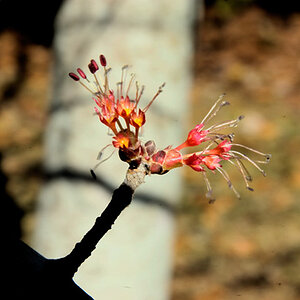
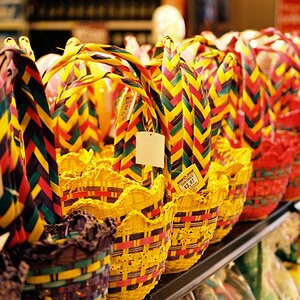
![[No title]](/data/xfmg/thumbnail/36/36303-10b1a386a9a00cf90fb7605d2d2c48c1.jpg?1619737497)